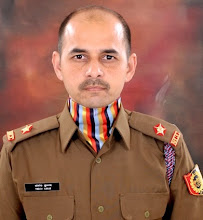Frederick Griffith: Bacterial transformation In 1928, British bacteriologist Frederick Griffith conducted a series of experiments using Streptococcus pneumoniae bacteria and mice. Griffith wasn't trying to identify the genetic material, but rather, trying to develop a vaccine against pneumonia. In his experiments, Griffith used two related strains of bacteria, known as R and S. R strain. When grown in a petri dish, the R bacteria formed colonies, or clumps of related bacteria, that had well-defined edges and a rough appearance (hence the abbreviation "R"). The R bacteria were nonvirulent, meaning that they did not cause sickness when injected into a mouse. S strain. S bacteria formed colonies that were rounded and smooth (hence the abbreviation "S"). The smooth appearance was due to a polysaccharide, or sugar-based, coat produced by the bacteria. This coat protected the S bacteria from the mouse immune system, making them virulent (capable of ...

Comments
Post a Comment